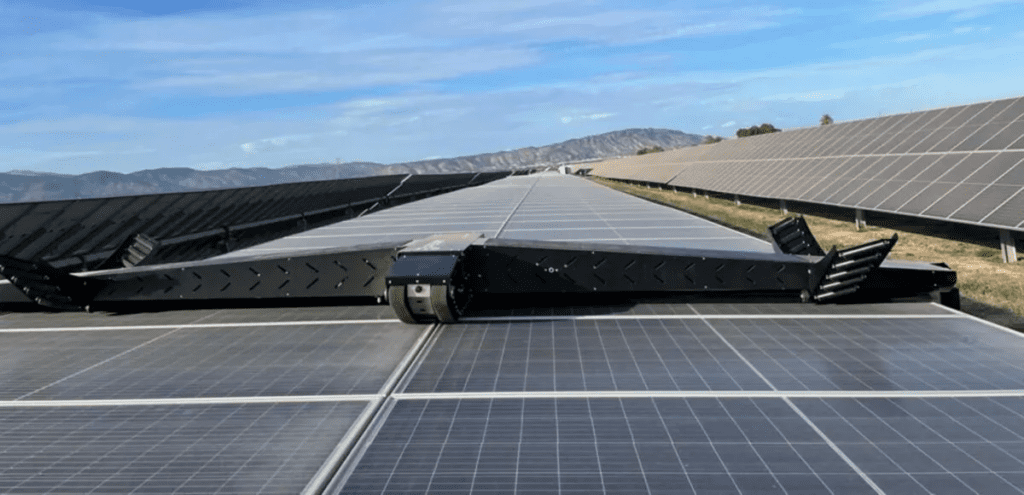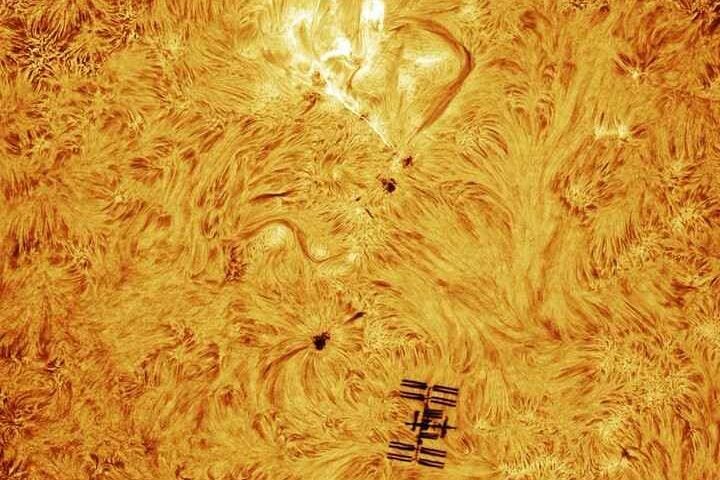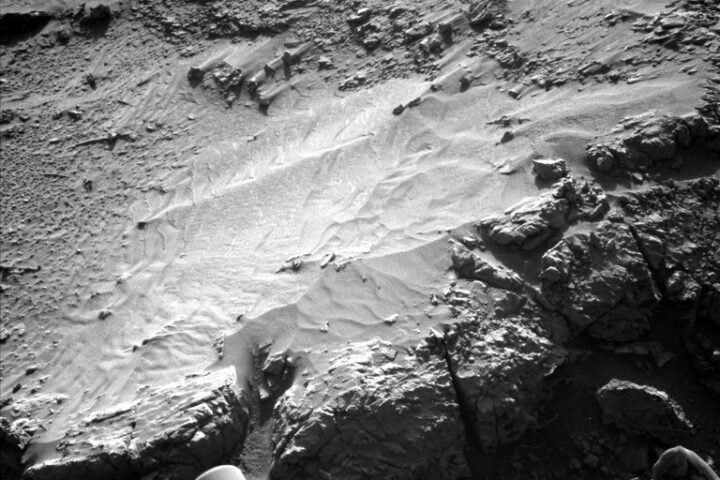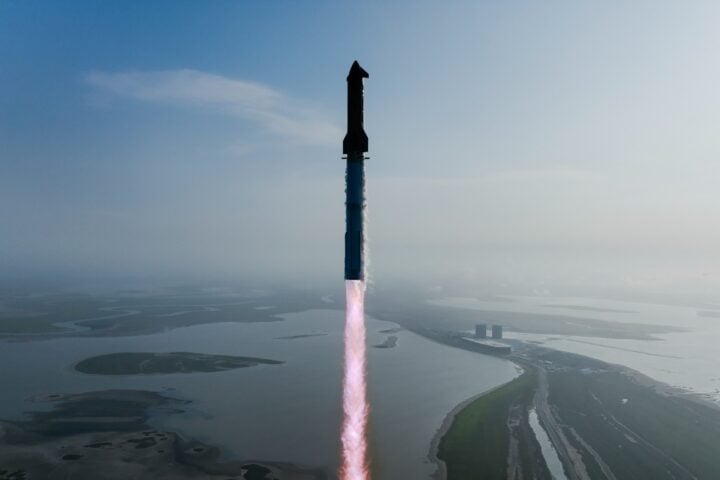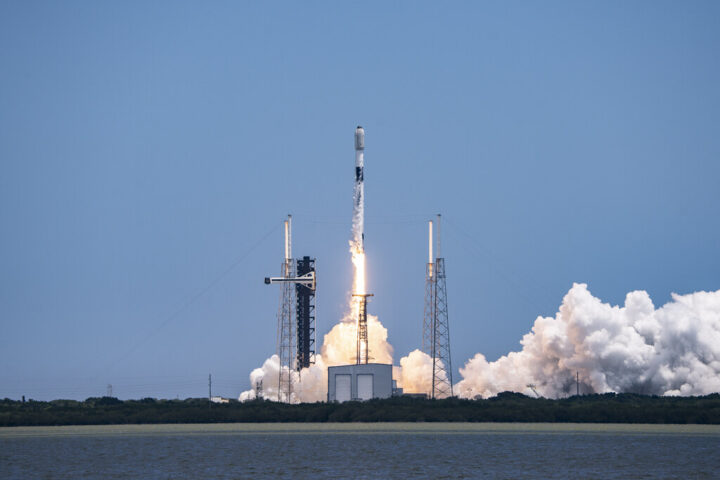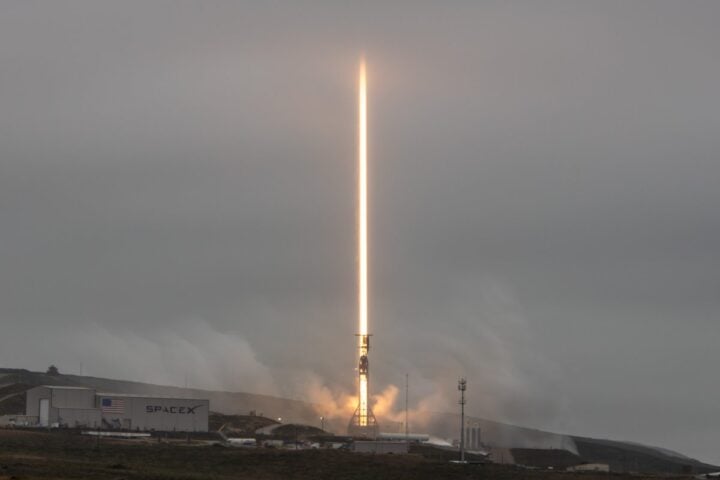As humanity prepares to make giant leaps in space exploration, the spacesuits designed for astronauts are undergoing revolutionary changes. These suits are not only meant to protect astronauts from the harsh conditions of space but also to ensure that they don’t become breeding grounds for harmful microbes.
The European Space Agency (ESA) has embarked on an ambitious project called PExTex, aiming to assess textiles suitable for future spacesuit designs. The Austrian Space Forum spearheads a significant part of this initiative, the BACTeRMA project, which focuses on preventing microbial growth in spacesuit inner linings.
While the external threats of space, such as vacuum, temperature extremes, space radiation, and abrasive lunar dust, are well-known, the internal threats posed by microbial life are gaining attention. The Apollo missions highlighted some of these challenges when moon dust compromised the spacesuits’ outer layers within hours.
The PExTex project, led by France’s Compagnie Maritime d’Expertises (COMEX), is exploring novel textiles like the high-strength Twaron material. These materials are tested for resilience against space conditions, including ultra-high vacuum exposure, temperature shifts, and simulated moondust. The tests, conducted in collaboration with the German Institutes of Textile and Fiber Research (DITF), aim to produce a spacesuit that can withstand at least 2,500 hours of surface use.
Another challenge is ensuring the inner sanctity of the spacesuits. As ESA materials and processes engineer Malgorzata Holynska points out, washing spacesuit interiors consistently on the Moon or other celestial bodies might not be feasible. The potential sharing of spacesuits among astronauts and long storage durations further exacerbate microbial growth concerns.
Traditional antimicrobial materials, such as silver or copper, are not ideal for spacesuits as they might cause skin irritation and tarnish over time. The BACTeRMA team, in collaboration with the Vienna Textile Lab, is exploring ‘secondary metabolites’ produced by microbes. These compounds, often vibrant and antibiotic, are being used to develop biocidal textile processing techniques.
NASA, on the other hand, faces its challenges. The spacesuits designed for the International Space Station (ISS) are not suitable for lunar or marine terrains. With a dwindling supply of Extravehicular Mobility Units (EMUs) and slow progress on the next-generation spacesuit, NASA’s vision for spacesuit design remains unclear. Political and budgetary challenges further complicate matters. With only 11 of the original 18 Extravehicular Mobility Units (EMUs) remaining, NASA faces a dwindling supply. Some EMUs were tragically lost in incidents like the Challenger and Columbia disasters and a SpaceX explosion.
Despite investing $200 million and a decade into its next-generation spacesuit, NASA’s progress remains slow. This could result in the new spacesuit components missing the testing phase on the ISS, especially if the station is decommissioned by 2024. Unlike the mission-specific suits of the Mercury, Apollo, and Space Shuttle eras, NASA’s current vision for spacesuits is ambiguous. This lack of clarity is due to NASA’s undecided future missions, be it a return to the moon or a voyage to Mars, each presenting unique environmental challenges. Political upheavals and budgetary constraints have further hampered NASA’s Mars exploration strategy.
Since 2007, NASA’s focus has been split among three primary spacesuit projects. A significant setback occurred when the moon-focused Constellation program was canceled by President Obama in 2010. Yet, NASA continued to pour $81 million into the Constellation spacesuit program between 2011 and 2016. The remaining 11 EMUs, although operational, are being used beyond their intended service life due to infrequent trips back to Earth.
If the ISS remains functional until 2028, the shortage of spacesuits will become a pressing issue. Inside the ISS, astronauts wear everyday brands like Cabela’s and Land’s End. However, extravehicular tasks require robust spacesuits to endure space’s extreme temperatures, which can fluctuate between -250°F and 250°F. While cooling tubes moderate the internal temperature, astronauts still perspire, leading to concerns about cleanliness and bio-contamination. Cleaning these suits in space is not feasible, highlighting the need for reusable and sanitary materials. Although copper-infused fabrics initially seemed promising, a silver molecular solution proved more effective against bacterial and fungal growth. However, achieving complete sterility was deemed counterproductive as it could harm essential skin microbes.
The future of spacesuits appears promising with companies like Axiom Space and Collins Aerospace at the helm, focusing on antimicrobial materials. Axiom Space’s AxEMU suits will incorporate biocides in their cooling systems to combat microbial growth. Innovative solutions, such as using the chemical violacein produced by microbes, could offer a breakthrough in bio-contamination resistance. As astronauts gear up for extended missions beyond Earth, the emphasis on keeping spacesuits pristine grows. Collaborative efforts between space agencies and textile experts suggest a bright future for spacesuit design.

